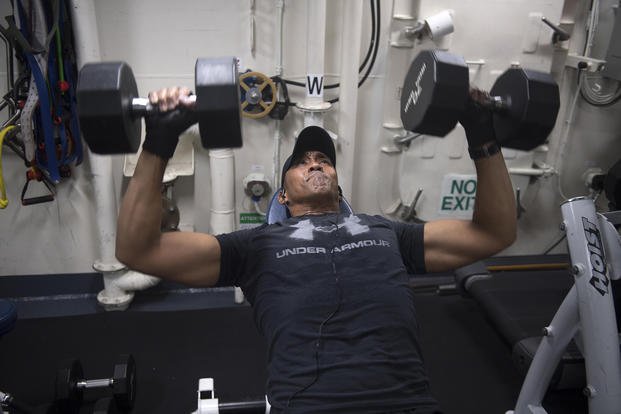Over the course of your training lifetime, you will start to learn about your body's abilities, performance and recovery. You'll learn when to push it and when to push it to the right on the weekly schedule.
Sometimes when creating your own training program, you can get a bit too aggressive and write up something that appears easy on paper, but it is too much even for an experienced athlete, tactical athlete or fitness enthusiast.
My local training group had one of those days this week. Here are some ways to prevent such an occurrence and how to deal with it when it comes up due to under-recovery reasons.
When to Push Harder or When to Take It Easy
1. After tapering
The beginning of your training week is usually the best time to push harder and learn your personal bests in training. After a rest day or two, the recovery process will be optimal, especially if you sleep well, eat healthy and keep it light before testing.
Athletes do this all the time before competition. If you want to be your best at a strength or power lift, a run or other cardio pace-timed event, or break your personal record on a calisthenics test, a few recovery days will be helpful.
2. Feeling burned out
When you are feeling tired and unmotivated to train hard, you may be overdoing it or under-recovering. If the workout is too long, drop some miles off the cardio, some reps off the lifts and calisthenics, and make it a shorter workout with more added stretching and mobility.
Sometimes, when training hard, you get days like this in the middle or late in the week. Knowing when to downshift or when to bump things to the right and crush it tomorrow can save you from a poor to mediocre performance that day and even save you from injury.
3. Feeling sore from previous workouts
If you arrange workouts without enough recovery time for a hard-worked muscle group (such as leg day), you may want to bump it to the right a day before you attempt another similar workout day or a cardio day that involves working the legs hard.
When you are sore, replacing a workout with a mobility day and shifting the schedule to the right a day may be all the recovery time you need. Leg days often can take an extra 24-48 hours of recovery in addition to the scheduled time between training days. You also can do something else, such as an upper-body day or core and non-impact cardio activity, to help yourself get a good workout. Also loosen up a little if you're tight from previous workouts.
4. A combination of things
Often a poor night's sleep, a long night out on the town, a hard day's work of physical labor in the heat of the summer after a workout or poor eating habits can be the thing that tips the scale toward underperformance with your training. For optimal training, hydration, electrolytes, recovery and sleep need to be in perfect balance; otherwise, one neglected area will tip the scales into a poor performance zone.
Look at the Entire Week
This week, after a push-pull-leg split routine (Monday: upper-body push muscles; Tuesday: upper-body pull muscles; Wednesday: leg day), we scheduled a Thursday mobility day that included nothing but biking, elliptical, stretching and foam rolling.
We felt fairly good after the easy day, but soreness set in on Friday when we had planned to do a beach run with some upper-body and lower-body PT. The legs did not agree (not just my old legs but many teen and 20-year-old legs).
The answer was to mix in more stretching in place of the leg exercises (squats, lunges, etc.) and bump the scheduled ruck workout to Saturday. At the end of the week, we did not miss or skip anything on the training cycle, but had to shift a section of the week one day later. It was an easy fix.
In the end, look at the bigger picture and note your training volume to make sure you are progressing logically and making smart training decisions that allow for rest and recovery. If you are not, you need to get into a mindset of "actively pursuing recovery" before you can push yourself in the right direction.
Stew Smith is a former Navy SEAL and fitness author certified as a Strength and Conditioning Specialist (CSCS) with the National Strength and Conditioning Association. Visit his Fitness eBook store if you're looking to start a workout program to create a healthy lifestyle. Send your fitness questions to stew@stewsmith.com.
Want to Learn More About Military Life?
Whether you're thinking of joining the military, looking for fitness and basic training tips, or keeping up with military life and benefits, Military.com has you covered. Subscribe to Military.com to have military news, updates and resources delivered directly to your inbox.




















